AO Edited
Crescent Dunes Solar Energy Project
This massive solar generating facility in the Nevada desert has been plagued by difficulties.
The Crescent Dunes Solar Plant, some 15 miles north of Tonopah, Nevada, is a solar thermal plant, which generates electricity by boiling water to drive a turbine.
Solar power has a lot of promise, but a fundamental challenge: it works only when the sun is shining. Hence, any solar power system that can supply energy 24/7 requires some means of energy storage. Electricity, however, is notoriously hard to store, especially at power plant scales. This challenge drives the need for alternative energy-storage technologies.
Crescent Dunes has a novel approach to the electricity storage problem. Rather than boil water directly, solar heating is used to melt a salt reservoir, and the molten salt then boils water via a heat exchanger. The cooled but still-liquid salt is then returned to the reservoir for reheating. The hot-salt reservoir is large enough that it can continue boiling water to generate power for 10 hours, long enough to smooth out production when the sun is not shining.
Over 10,000 mirrors are focused, under computer control, onto a tower some 200 meters (656 feet) high, where pipes carry the molten salt to be heated. The salt exits to a reservoir where it is held around 1,050 degrees Fahrenheit (566 degrees Celsius). When electricity is to be generated, this salt is run through the heat exchanger, which makes superheated steam that turns a turbine. The nameplate plant capacity is 110 megawatts.
Construction was begun in 2011 and the plant began operation in 2015. It was under contract with Nevada Energy, the electric utility for most of Nevada, to supply its entire output. Perhaps unsurprisingly for such a large facility using cutting-edge technology, however, the plant was plagued with operational difficulties, mostly plumbing issues in handling the extremely hot and corrosive molten salt. Nevada Energy canceled the contract for non-performance in 2019, and the corporate owners filed for bankruptcy.
Under new owners, the plant began production again in 2021, and it remains to be seen whether the difficulties have been solved.
Know Before You Go
The Crescent Dunes plant is just off Gabbs Pole Line Road, which intersects US-95 5.2 miles north of the intersection of US-6 and US-95 in Tonopah. Take a shallow right here; the Crescent Dunes plant is prominent in the distance. Follow Pole Line road 10.8 miles to a turnoff into the plant on the right. Although the facility itself isn't open to the public, a set of informational signs and kiosks are displayed at this turnoff.
While in the area the namesake Crescent Dunes (also called the Tonopah Dunes), one of the handful of sand-dune fields in Nevada, are worth a visit. The turnoff for the dunes is 9.2 miles from the junction with US-95. Go 2.2 miles on an unimproved road to a picnic area. High clearance is necessary on this road, and 4wd will be required beyond the picnic area. The unvegetated parts of the dunes are open to OHVs, so hikers need to beware.
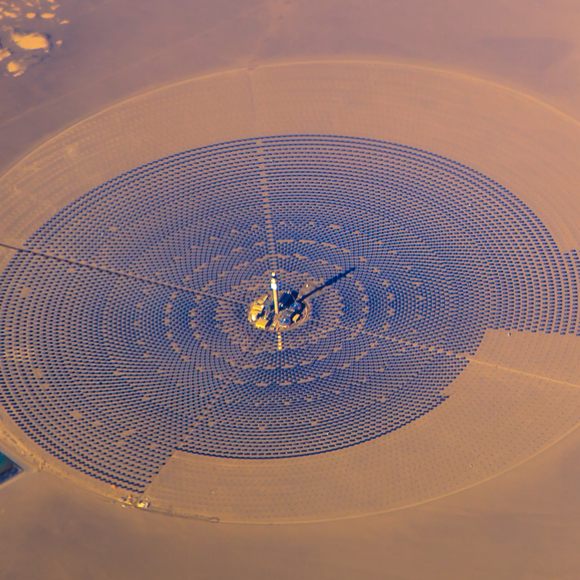

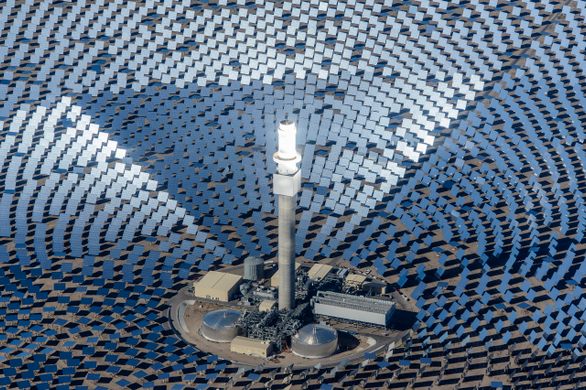



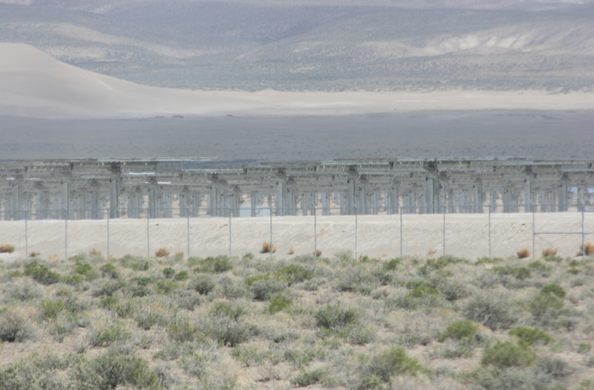
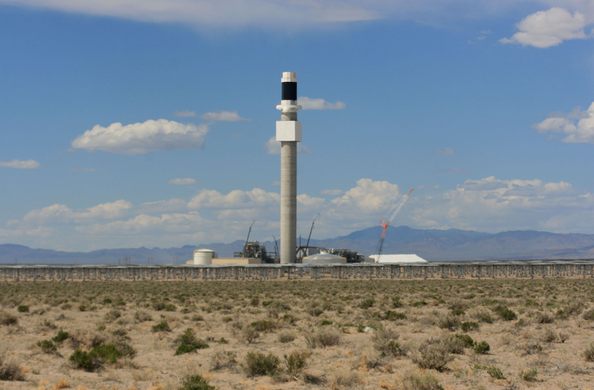









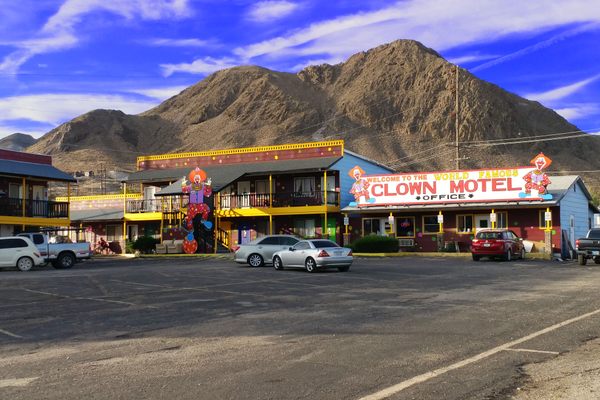


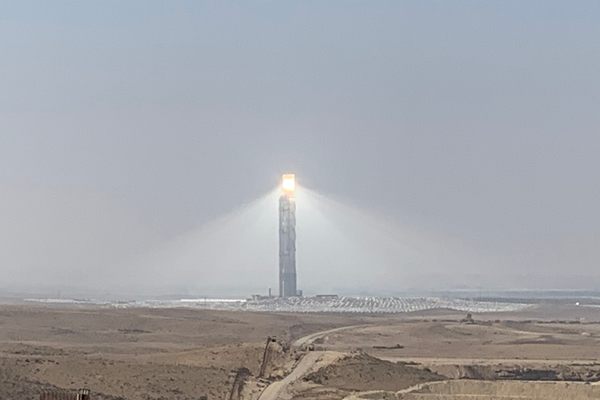


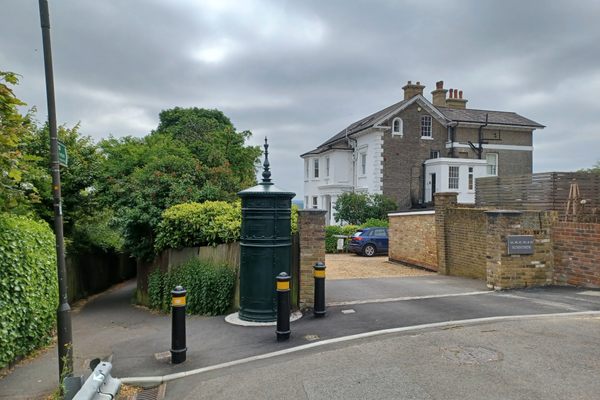


Follow us on Twitter to get the latest on the world's hidden wonders.
Like us on Facebook to get the latest on the world's hidden wonders.
Follow us on Twitter Like us on Facebook